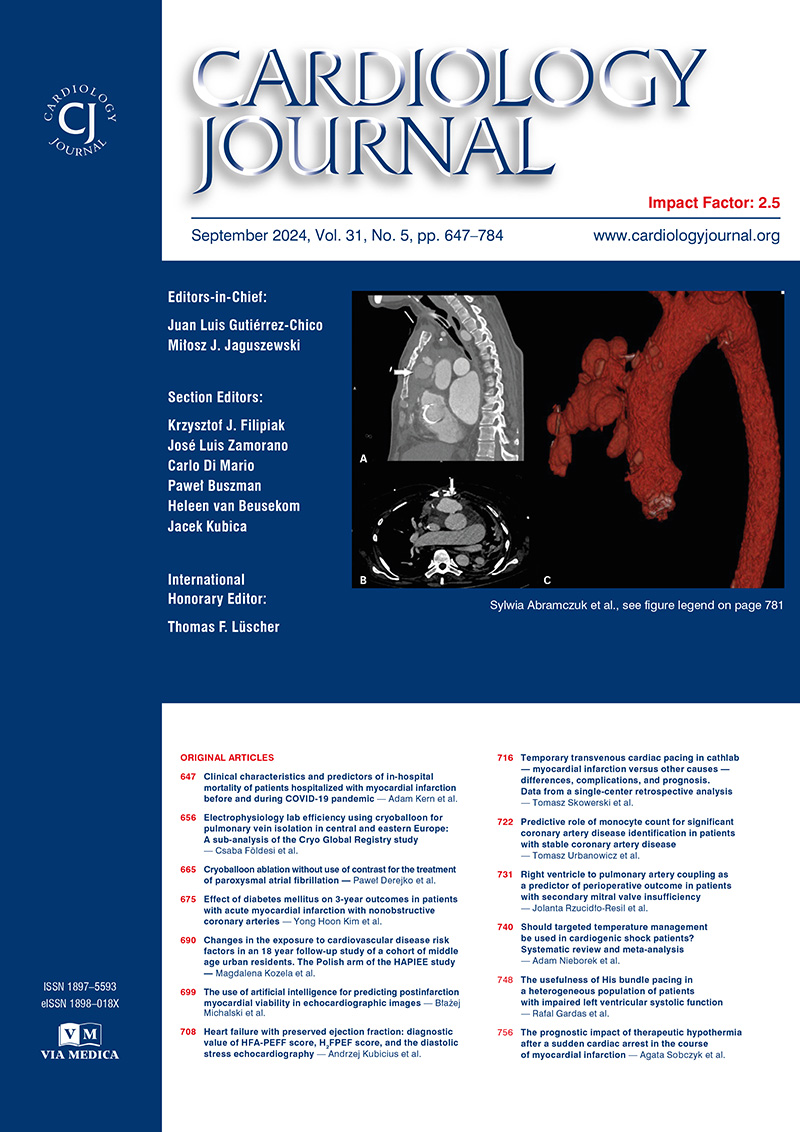
Photo from archive.org
BACKGROUND Patients undergoing percutaneous coronary intervention (PCI) with drug-eluting stent (DES) on unprotected left main (ULM) represent a complex subset. The role of routine coronary angiography at follow up in… Click to show full abstract
BACKGROUND Patients undergoing percutaneous coronary intervention (PCI) with drug-eluting stent (DES) on unprotected left main (ULM) represent a complex subset. The role of routine coronary angiography at follow up in this subset remains debated. METHODS At the documented center, all patients undergoing successful PCI on ULM lesions performing angiographic follow-up is suggested, but adherence to such a recommendation is inhomogeneous. Consecutive patients undergoing DES PCI on ULM were enrolled and experienced no adverse events during the first 6 months. Patients were then allocated to two groups: those undergoing routine control angiography (CA) and those undergoing clinical follow-up (CF). Primary endpoint was major adverse cardiac events (MACE) defined as cardiac death, myocardial infarction and urgent repeat target vessel revascularization. RESULTS A total of 190 patients underwent successful DES implantation on ULM and the study population was without early events. CA was performed at 6 months after the index procedure in 91 (48%) patients. After 35 ± 21 months, MACE rates were significantly more common in the CF group as compared with the CA group (16.2% vs. 4.3%, p = 0.009). At multivariable analysis, CA was associated with reduced MACE risk (HR 0.13, 95% CI 0.1-0.7, p = 0.028). Of note, this was mainly driven by higher cardiac death rate in those undergoing CF than in those undergoing CA (p = 0.01). CONCLUSIONS CA after complex PCI, such as ULM PCI, is associated with reduced MACE. Such an observation calls for appropriately designed randomized trials.
Journal Title: Cardiology journal
Year Published: 2018
Link to full text (if available)
Share on Social Media: Sign Up to like & get
recommendations!